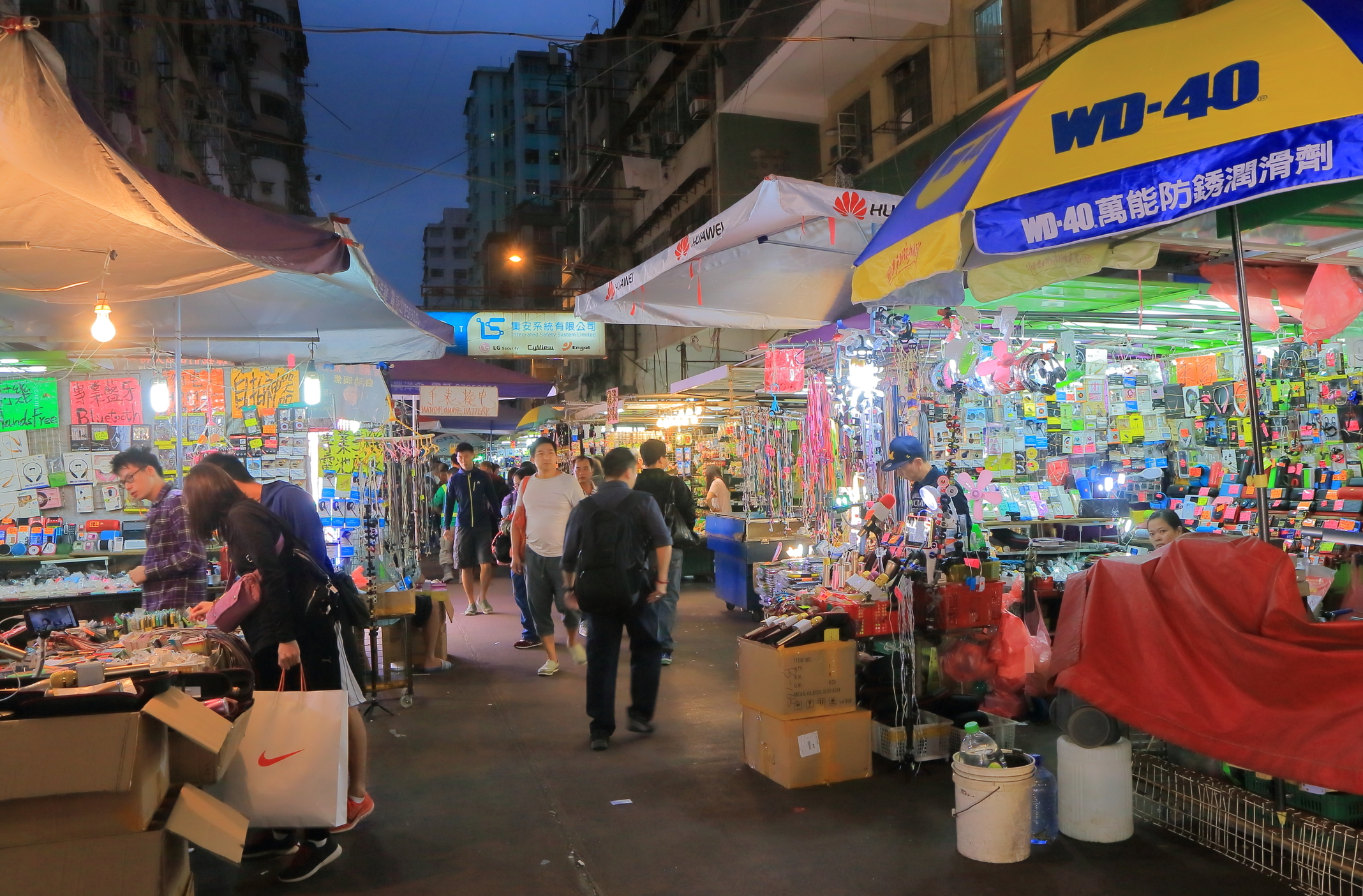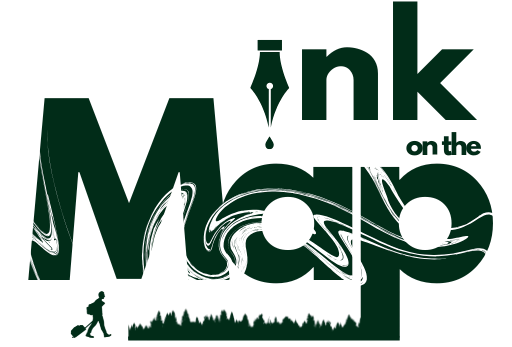Exploring Apliu Street Flea Market and the Forgotten Rooftops of Hong Kong

When people think of Hong Kong, what often comes to mind is a bustling, prosperous metropolis—with glitzy skyscrapers lining Victoria Harbour, headquarters of major global tech and manufacturing companies, and the bright lights of a modern Asian economic powerhouse.
But few realize that just behind the glamour lie forgotten corners of the city—old public housing estates, decaying apartment blocks, and street markets that tell a very different story. One such place is Apliu Street, home to the Apliu Street Flea Market, surrounded by some of the city’s poorest residential areas. The gritty, smelly alleys, the sight of jobless immigrants sleeping rough—things the tourist brochures never show—are right here.
This striking contrast drew me to Apliu Street on my very first day in Hong Kong. Instead of heading straight for Victoria Harbour like most travelers, I decided to take it slow and immerse myself in a very different Hong Kong—a raw, unfiltered version that you don’t see in movies. I was lucky enough to stay with a local friend who introduced me to this side of the city.

Hong Kong’s Blend of East and West
To truly understand Hong Kong’s unique cultural mix, you need to experience it firsthand. Picture this: a European-style church sitting next to a centuries-old Chinese temple, an herbal medicine shop next door to an English-style wine bar. You’ll see a crowd of mostly Asian locals, then suddenly a European who turns out to be a born-and-raised Hongkonger. In some areas, there aren’t even any Asians around—it’s a wild mix.
This cultural fusion is the legacy of British colonial rule, which deeply influenced everything from architecture to education. Even after Hong Kong was handed back to China, much of the Western influence remained. As the city’s economic center grew outward from Central Hong Kong, the urban landscape became a patchwork of extremes: sleek, futuristic towers alongside crumbling old apartment blocks—like those around Apliu Street.
How to Get to Apliu Street Market
The easiest way to reach Apliu Street Market is via MTR (Hong Kong’s subway system). No matter where you’re staying, take the train to Sham Shui Po Station in Kowloon.
From Exit C1, walk straight and you’ll find yourself on Apliu Street, where the market is located. It’s hard to miss—street vendors set up stalls right along the road, turning it into a bustling flea market.
What You’ll Find at Apliu Street Market
Apliu Market specializes in secondhand goods, though you’ll find plenty of new items too. Most of what’s sold is electronics-related: audio gear, headphones, gadgets, tools, old radios, binoculars, phone accessories—you name it. I don’t know much about electronics and wasn’t interested in buying anything, but it’s still fun to browse.
You’ll also come across vintage watches, old coins, used clothing, and all sorts of collectible junk. On nearby streets, there are wet market stalls selling meat, fish, vegetables, and fruit. It’s really more of a district-wide open-air market than a single street.
Climbing Rooftops in Hong Kong’s Forgotten Apartment Blocks
After wandering Apliu Street for a while with nothing to buy, I decided to change perspective—literally. I started exploring the rooftops of old apartment buildings nearby.
Around the market area, you’ll see many aging residential buildings. Pick one and head up the stairwell. Some are 5 stories high, others as tall as 8 or 9. If you’re lucky, the rooftop won’t be locked—but you’ll only know once you climb to the top.
Be warned: the stairwells are dark, dusty, and smelly. Some hallways are full of trash that clearly hasn’t been collected in days. I climbed about five buildings before finally finding one with an accessible rooftop.
What I saw up there blew me away—not just the view, but the stark contrast it represented. Rusty antennas, broken furniture, old sofas and mattresses—things people didn’t want but couldn’t throw away. It felt like I had time-traveled to 1990s Vietnam or a forgotten corner of old Asia.
From these rooftops, you get a raw, unfiltered view of Hong Kong. You’ll see luxury high-rises in the distance, while standing atop buildings where people live in near-poverty conditions. It’s a striking visual of wealth inequality, of old versus new, and of the hidden lives behind the city’s glamorous façade.
Final Thoughts
If you’re in Hong Kong and want to experience something different—something real and unpolished—spend a morning in Sham Shui Po. Visit Apliu Street Market, then challenge yourself to explore the rooftops of the nearby apartment blocks. It might be uncomfortable, but it’s also unforgettable.
Hong Kong isn’t just neon signs and harbor views—it’s also the smells, the noise, the poverty, and the resilience of everyday people. This is the other side of the Fragrant Harbour, and it’s worth seeing.
